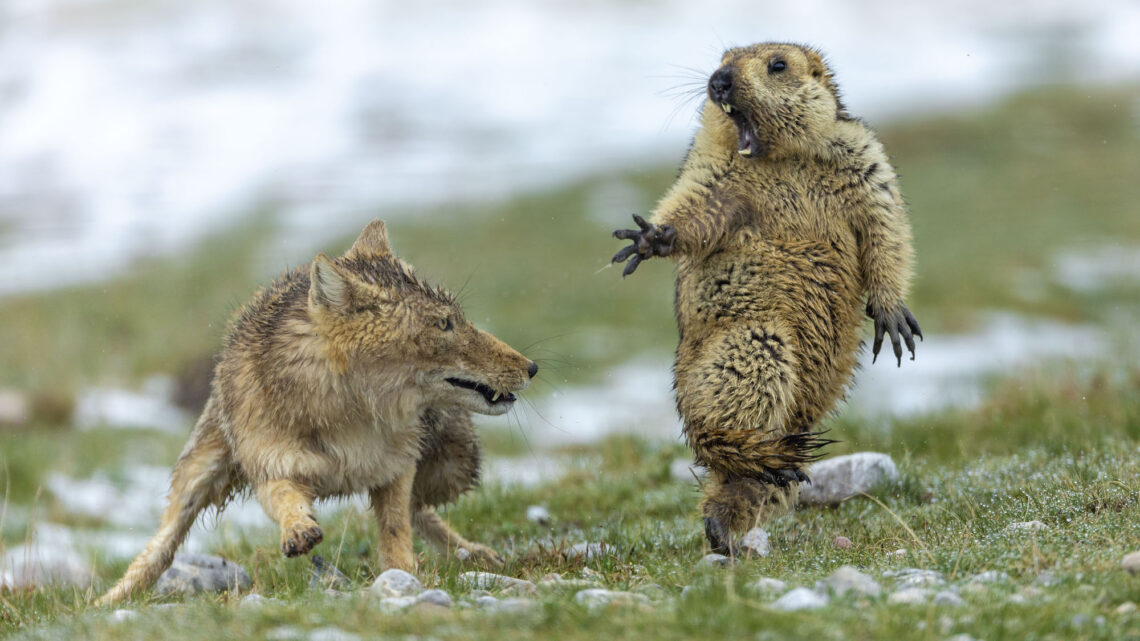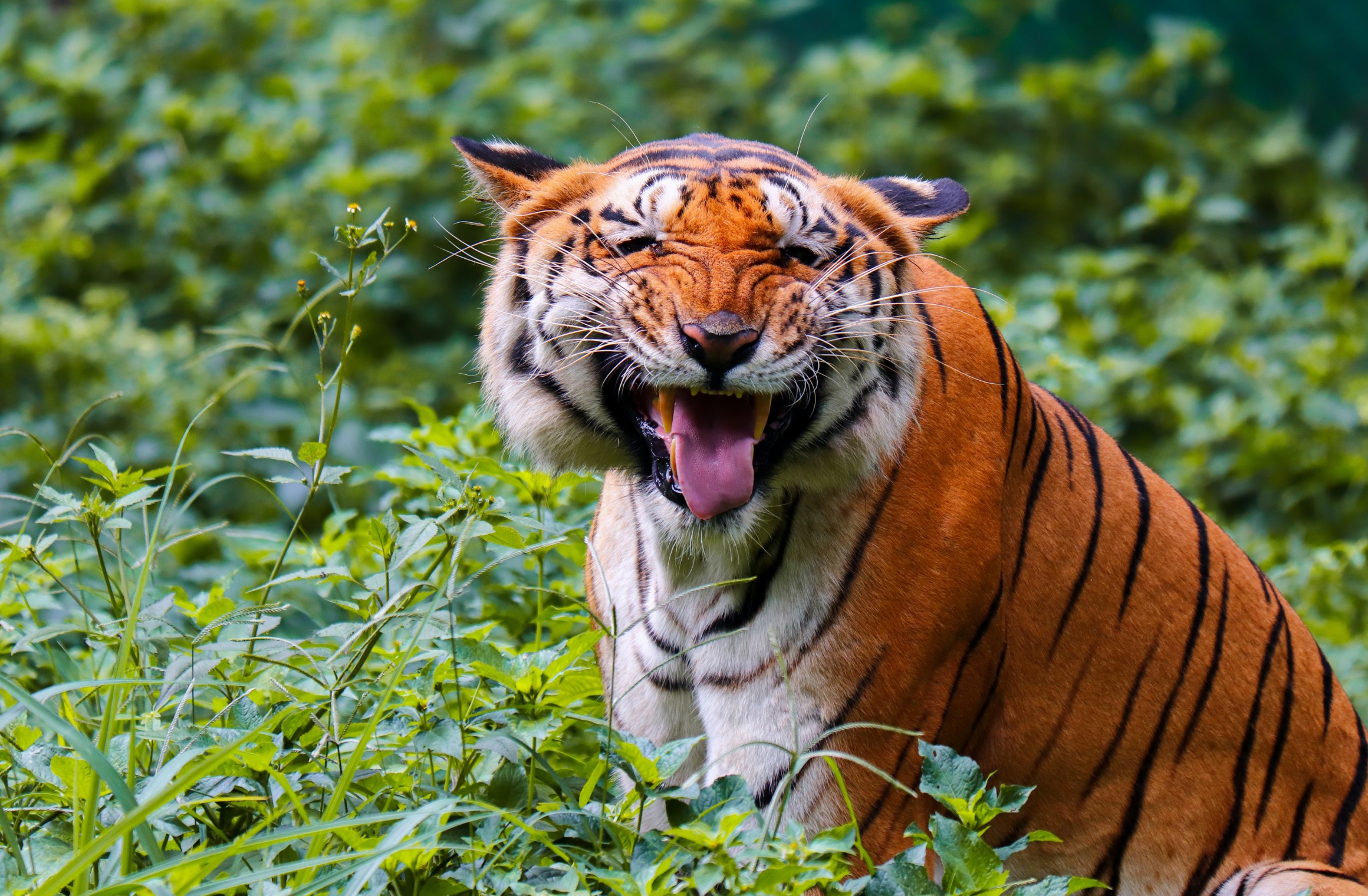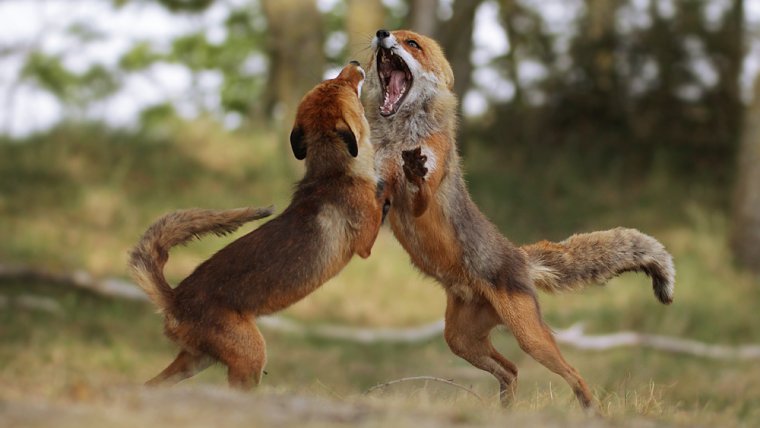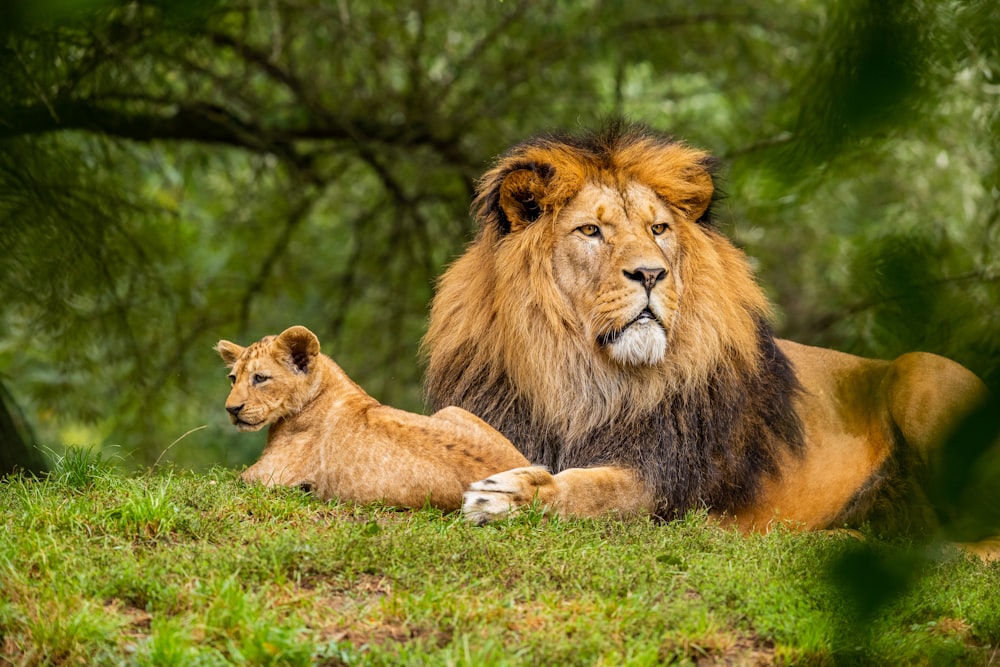
Wildlife photography: Capturing the Beauty of Nature
Wildlife photography refers to capturing images of animals and their natural habitats in the wild. It involves capturing the beauty of nature and preserving it through a lens. The importance of wildlife photography is undeniable as it allows us to appreciate the natural world and its inhabitants and serves as a powerful tool for conservation efforts. Through photography, we can witness the beauty of wildlife and become inspired to protect it. This article aims to explore the world of wildlife photography, highlighting its significance and the challenges that photographers face in the field. Moreover, We will discuss the techniques and equipment used to capture stunning images of animals in their natural environments.
Additionally, we will examine the impact of wildlife photography on conservation efforts and its role in educating the public about the importance of protecting our planet’s diverse wildlife. Ultimately, this article aims to provide a deeper understanding of wildlife photography and its potential to promote conservation and preservation.

Preparation for Wildlife Photography
Wildlife photography can be a thrilling and rewarding experience. It requires careful preparation and planning to capture that perfect shot. Here are some tips to help you prepare for your wildlife photography trip.
Researching the area
Research the area you plan to photograph. This includes finding out the best time of day to capture photos, where the animals are most commonly found, and any potential hazards. Additionally, you can look for any photography restrictions or permits required in the area.
Choosing the right gear
The right gear can make a big difference in the quality of your photos. A high-quality camera and lenses are essential, but also consider other equipment such as a tripod, monopod, or camera bag. Additionally, you should bring backup batteries, memory cards, and other accessories that may be useful for wildlife photography.
Knowing the animal’s behavior
It’s important to understand the behavior of the animal you plan to photograph. This includes knowing their habits, movements, and reactions to humans. Moreover, You can research this information online or through local guides, which can help you anticipate when and where the animals will be most active.
Safety Tips
Wildlife photography can be dangerous if not approached with caution. Always be aware of your surroundings and keep a safe distance from the animals. Moreover, If you need more clarification about the safety of an area, consult with local authorities or experienced guides. Also, remember to pack protective clothing, such as insect repellent and sunscreen. Moreover, you can be better prepared for your wildlife photography trip by following these tips. Remember to be patient and persistent, and always respect the animals and their natural habitat.
Techniques for Wildlife Photography
As a wildlife photographer, it is essential to master the art of capturing stunning images of animals in their natural habitat. So here are some techniques for wildlife photography:
Composition
A good composition is critical for any photograph, and wildlife photography is no different. Moreover, always try to capture the animal’s unique features, such as the eyes, patterns, and textures, as they create a more compelling story.
Lighting
Early morning or late evening light can create a warm, golden hue that highlights the animal’s features. Furthermore, Diffused lighting is ideal for wildlife photography, as it softens the harsh shadows and highlights.
Depth of field
Using a shallow depth of field can create a beautiful bokeh effect that isolates the subject from the background. Moreover, It also adds depth and dimension to the image, making the animal appear more prominent.
Shutter speed
Capturing a moving subject requires a faster shutter speed to freeze the action. However, a slower shutter speed can create a motion blur effect that adds an artistic touch to the image. Also, Experiment with different shutter speeds to find the right balance.
ISO
Increasing the ISO can help capture images in low-light conditions without compromising the image quality. However, be mindful of the noise that higher ISO settings can create. Furthermore, Always try to use the lowest ISO possible to maintain image quality.
Thus, by mastering these techniques, you can capture stunning wildlife photographs that tell a story and showcase the beauty of nature.
Best Practices for Wildlife Photography
Wildlife photography is a thrilling and fulfilling experience, but it comes with the responsibility of protecting the animals and their environment. Here are some best practices for wildlife photography:
Patience
One of the most crucial wildlife photography skills is patience. Wildlife behaves according to its schedule, and you must wait for the perfect shot as a photographer. Remember, it’s better to wait than to disturb the animals.
Respect for the animals
Respect for the animals is essential. Remember that they are wild creatures and deserve to be treated with care and caution.
Leave no trace
Wildlife habitats are fragile ecosystems, and every small action can cause significant harm. So be mindful of your actions, and ensure you leave no trace. Moreover, don’t litter or disturb the environment by moving things around.
Avoid disturbing the habitat
Wildlife photography should not come at the cost of harming the environment. Avoid using flash or bright lights, as they can disrupt the animal’s natural behavior. Respect the habitat and the animals that call it home.
By following these best practices, you can ensure that your wildlife photography is ethical and sustainable. Remember that wildlife photography is a privilege, and we must do everything we can to protect and preserve the environment and its inhabitants.
Types of wildlife photography
Macro Wildlife Photography
This type of wildlife photography captures small creatures like insects, amphibians, and reptiles in close-up shots. A macro lens is used to capture the intricate details of the subject.

Action Wildlife Photography
Action wildlife photography involves capturing animals in motion, such as flying birds, running deer or leaping dolphins.

Underwater Wildlife Photography
This photography involves capturing marine life like fish, sharks, and sea turtles in their natural habitat. Special equipment like waterproof cameras, diving suits, and underwater lighting is used to capture the beauty of sea creatures.

Wildlife Portrait Photography
This type involves capturing animals in a still position, focusing on their facial expressions and unique features. This type of photography requires an understanding of animal behavior and the ability to get close to the subject.

Capturing the beauty of nature:
Majestic Mountains
Capturing the beauty of mountains is an incredible experience for wildlife photographers. Mountains provide a breathtaking backdrop to wildlife photos, and the play of light on the peaks is mesmerizing.
Dramatic Skies
Wildlife photographers often capture dramatic skies in their photos, adding drama and depth to the picture. Sunrise and sunset shots often include vivid colors and unique patterns in the sky.
Lush Forests
Forests are home to a variety of wildlife, and capturing animals in their natural habitat is a favorite of wildlife photographers. The greenery and textures of the forest provide a great setting for photos.
Coastal Scenes
Coastal regions provide an excellent backdrop for wildlife photography, with waves crashing on the shore and seabirds flying overhead. The beach and rocky outcrops provide a great setting for wildlife portraits.
National Parks
National parks offer a wide range of opportunities for wildlife photographers. From majestic animals like bison and elk to colorful birds, national parks provide a stunning backdrop for capturing wildlife in their natural habitat.
Tips from professional wildlife photographers
- Use the right equipment for the job, including a fast lens and a sturdy tripod
- Be patient and wait for the right moment to capture the shot
- Also, take time to study the behavior and habits of the animals you are photographing
- Moreover, Use natural light to your advantage, taking advantage of the golden hour and other optimal lighting conditions
- Furthermore, Be respectful of the animals and their habitat, and take steps to minimize your environmental impact.
Editing Wildlife Photography
Wildlife photography is an exhilarating experience that requires a great deal of patience, skill, and creativity.
Also, capturing breathtaking shots of wild animals in their natural habitats can be challenging. But with the right post-processing techniques, choosing the appropriate software, and preserving the natural look, you can achieve outstanding results.
Post-processing Techniques:
Post-processing is a crucial aspect of wildlife photography as it can enhance the quality of the images and bring out the natural beauty of the animals. Here are some post-processing techniques that can help you achieve the desired results.
Adjust Exposure: Use the exposure slider to adjust the brightness and darkness of the image. This will help you highlight the subject and create a more vibrant look.
Sharpen the Image: Use the sharpening tool to improve the clarity and detail of the image. This can help to bring out the texture of the animal’s fur, feathers, or scales.
Correct Color Balance: Adjust the image’s color balance to make the colors more natural and accurate.
Remove Unwanted Elements: Use the cloning tool to remove unwanted elements from the image. Such as distracting branches or twigs.
Choosing the Right Software:
Choosing the right software is essential for editing wildlife photography. Here are some of the best software options for wildlife photography:
Adobe Lightroom: Lightroom is excellent editing software that offers a range of tools for improving exposure, contrast, and color balance. Apart from, It also has excellent presets that can help you quickly enhance your images. Moreover, Adobe Photoshop is an excellent software for more advanced editing techniques, such as removing unwanted elements or compositing multiple images.
Capture One: Capture One is an excellent alternative to Lightroom, offering a range of advanced editing tools.
Preserving the Natural Look
One of the most crucial aspects of wildlife photography is preserving the animals’ natural look. Also, avoid over-processing the images, as this can make the animals look artificial or fake. Instead, aim for a more natural look that reflects the beauty of the animals in their natural habitat. So editing wildlife photography requires great skill, creativity, and patience. Thus, with the right post-processing techniques and software, and by preserving the natural look of the animals. You can achieve stunning results that will leave a lasting impression.
Conclusion
In conclusion, wildlife photography is a thrilling and fulfilling activity that provides an opportunity to appreciate and capture the beauty of nature. Additionally, Exploring wildlife through a camera lens is an immersive experience that allows individuals to connect with their surroundings and learn more about the creatures they share the earth with.
Therefore, if you have a passion for wildlife and a keen interest in photography. So, We encourage you to try wildlife photography. Thus, With the right tools, technique, and patience, you can create stunning images that showcase the beauty and diversity of the natural world.
Moreover, Always prioritize the well-being of the animals and their natural habitats, and follow guidelines and regulations set by local authorities. Thus, by doing so, we can preserve and protect the precious wildlife and their environment for future generations to appreciate and enjoy.
Frequently Asked Questions
What kind of camera equipment do I need for wildlife photography?
For the best results, you’ll want a camera with a fast autofocus system and a telephoto lens that can zoom in on distant animals. Moreover, a tripod or monopod can also help you stabilize your shots.
Is it ethical to take photos of wild animals?
Yes, as long as you do it responsibly. So, Avoid disturbing or harassing animals, and never put them in danger. Respect any wildlife guidelines or rules in place for the area where you’re shooting.
What time of day is best for wildlife photography?
The best time for wildlife photography is often early morning or late evening when the light is soft, and animals are most active.
How can I get close enough to take good wildlife photos?
Sometimes the best way to get close to animals is to use a long telephoto lens rather than trying to approach them on foot. Also, You can also use a blind or hide to conceal yourself from the animals.
Can I use flash when taking photos of wildlife?
Use a flash when photographing wild animals, as it can startle or frighten them. Natural light is usually the best option.
How can I make my wildlife photos more interesting?
Try to capture animals in action, such as hunting or playing, and look for unique or unusual behaviors. Also, You can also experiment with different angles and compositions to make your photos more visually appealing.
Are there any legal issues to be aware of when taking wildlife photos?
Depending on where you’re shooting, there may be regulations about where and when you can take photos of certain animals. Make sure you research and follow any relevant laws or guidelines.





